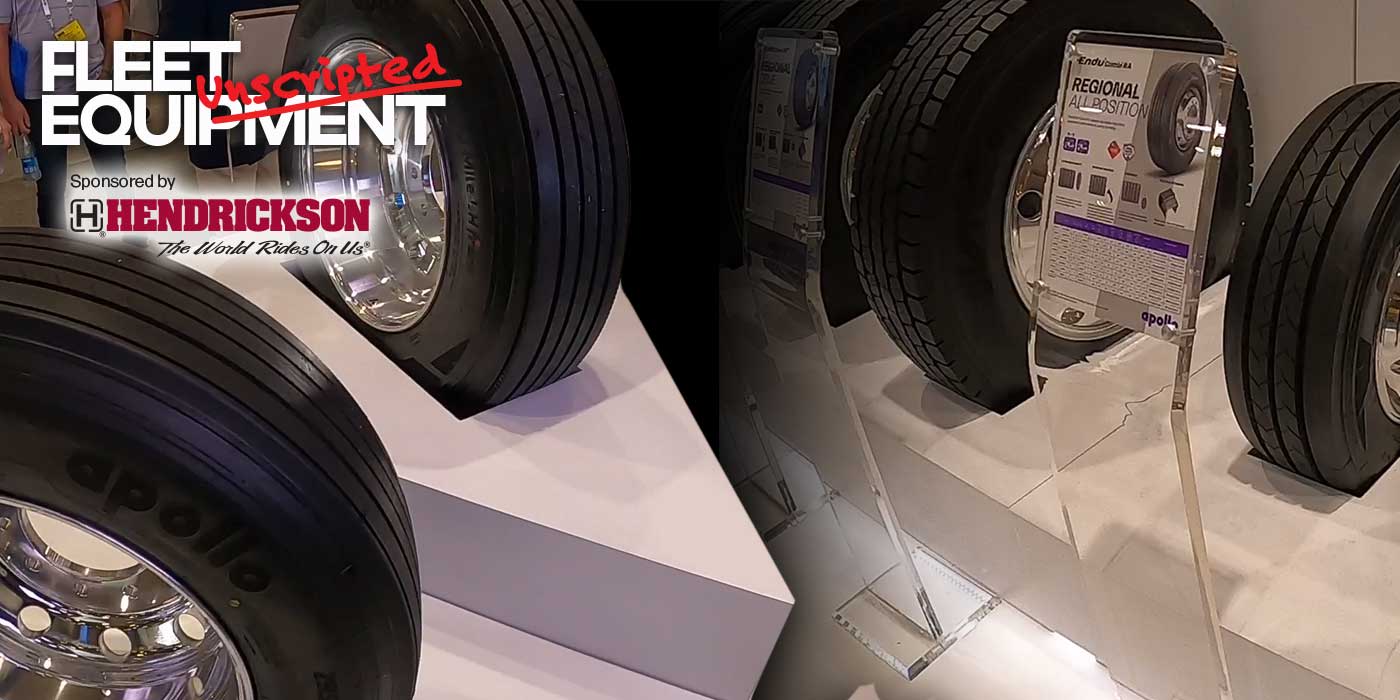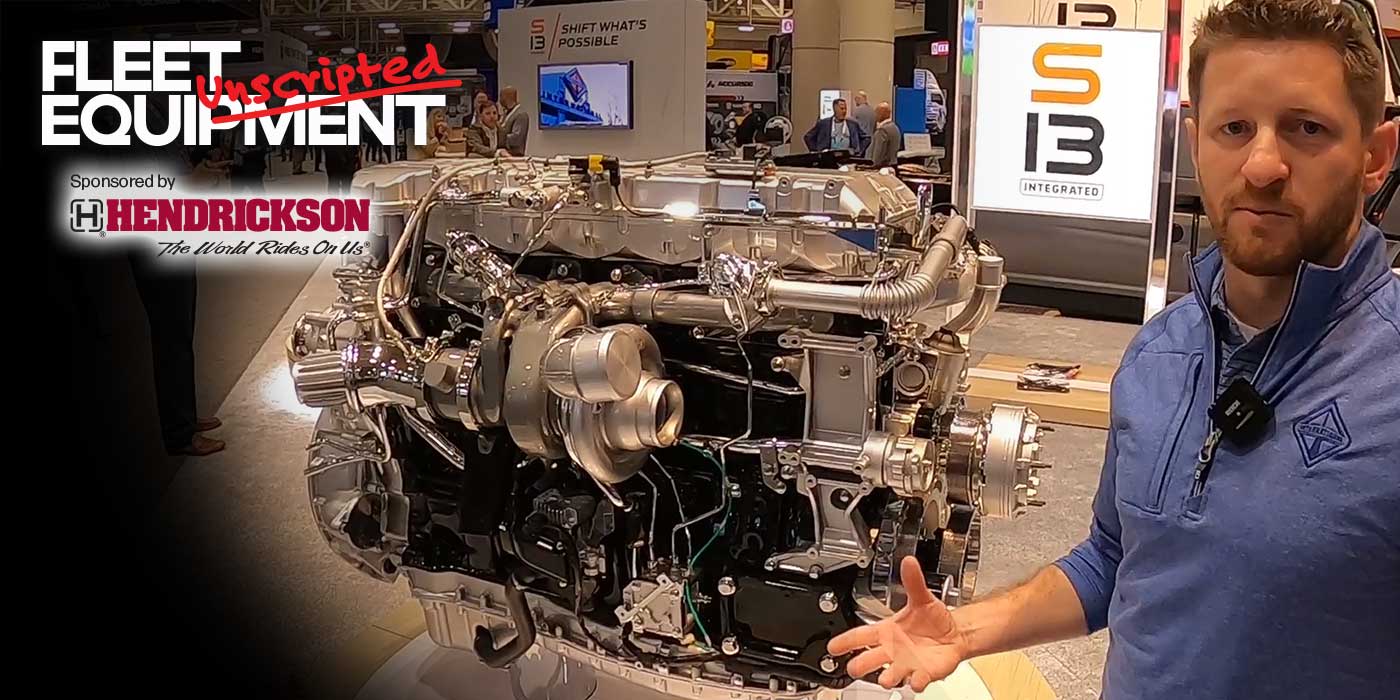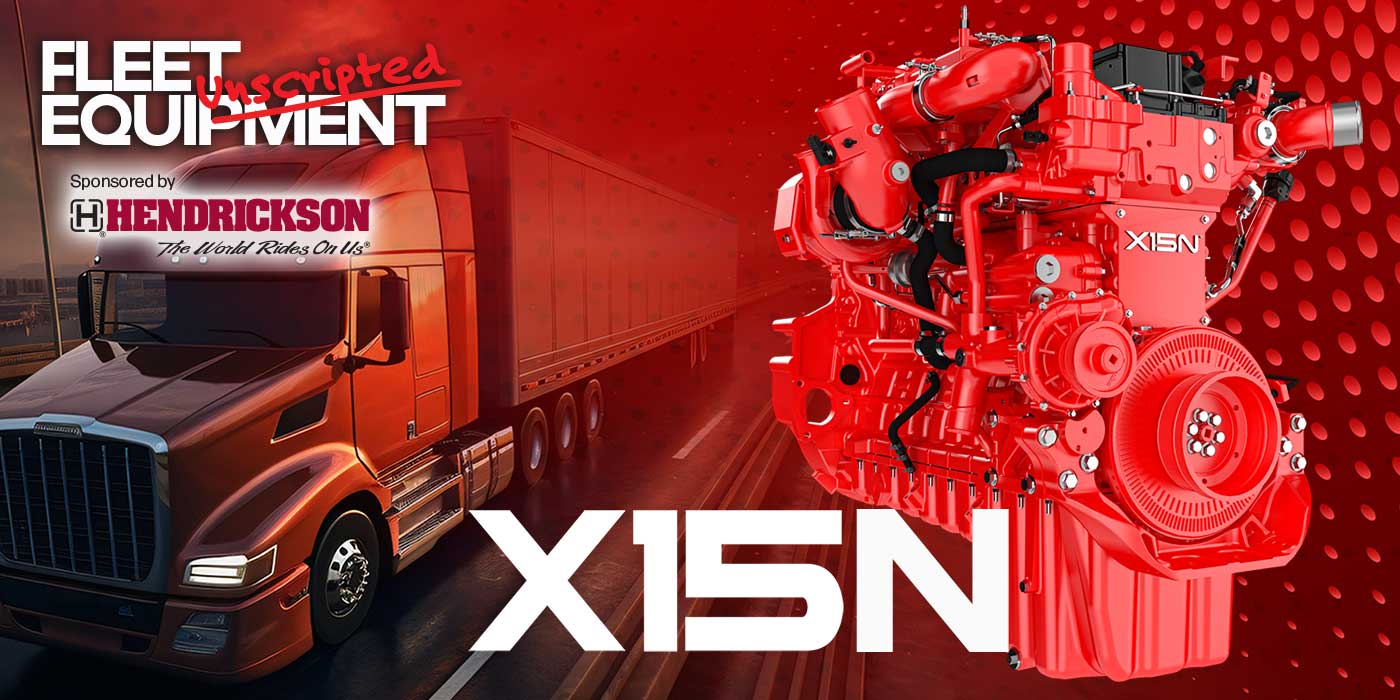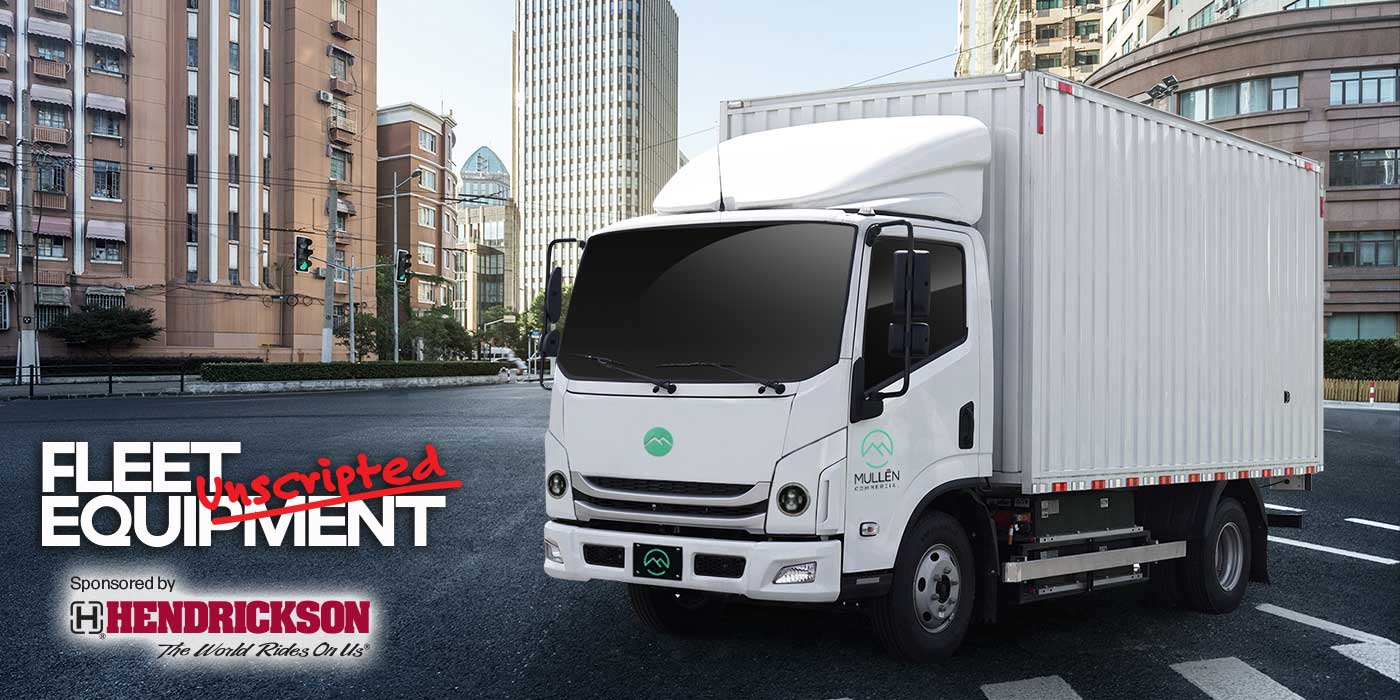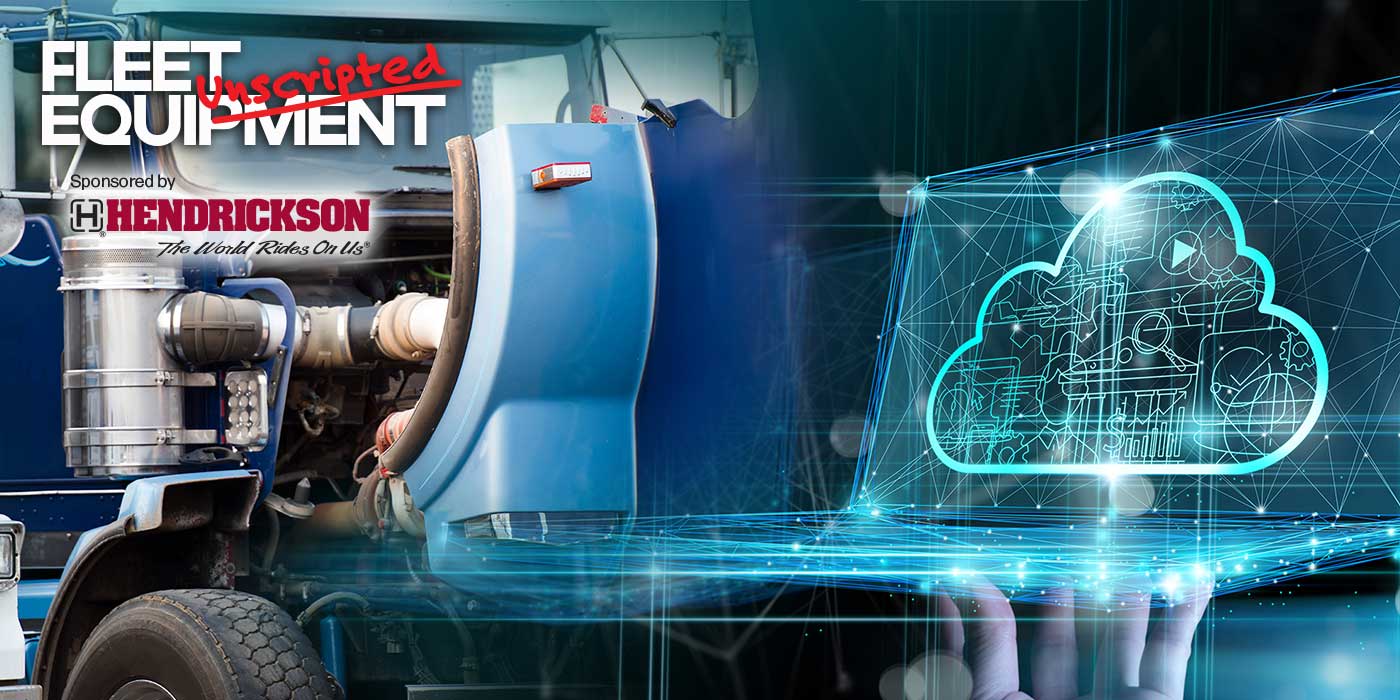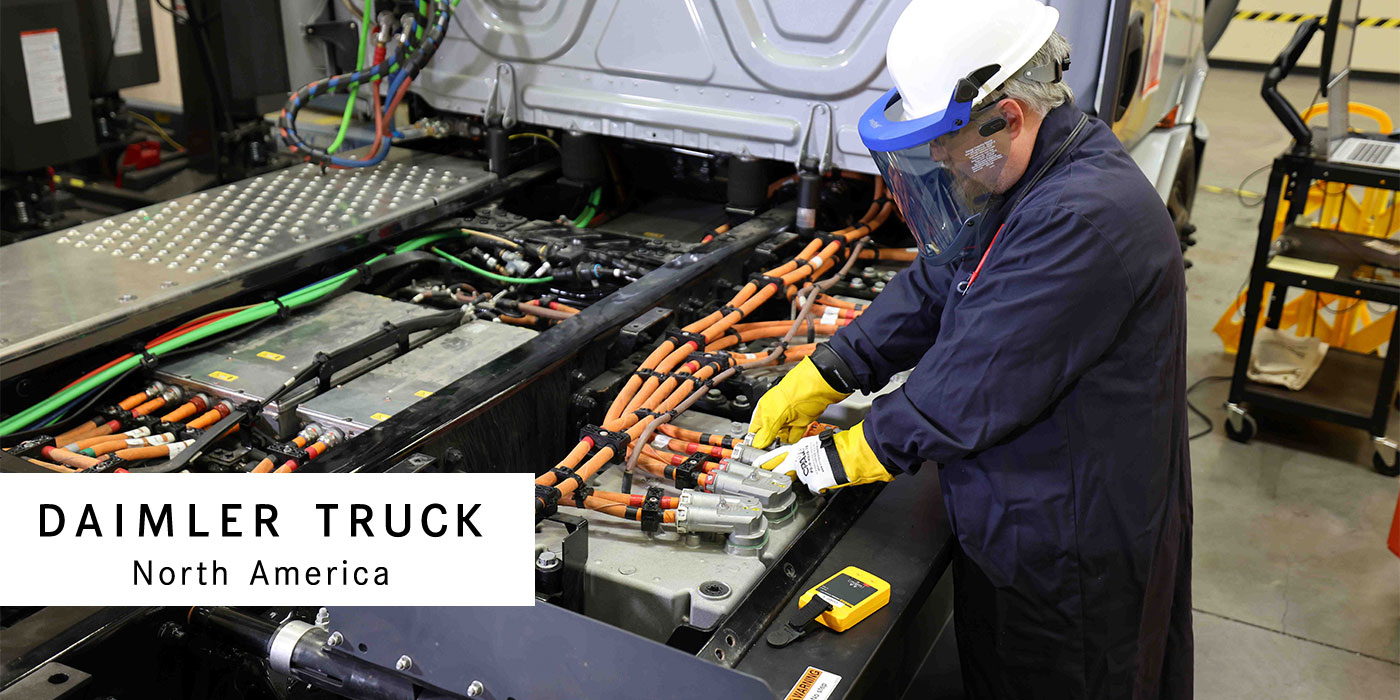We’re at the point now where decarbonization efforts might not come at a premium. As more fleets focus on greater degrees of sustainability, there’s still a strong focus on profitability. Those that are looking at investing in electric charging infrastructure are taking a wholistic look at their energy spending–in both electrons and diesel. The challenge is: it’s complicated.
Take renewable energy credits, or certificates, (RECs) for example. The EPA defines them as: “A market-based instrument that represents the property rights to the environmental, social, and other non-power attributes of renewable electricity generation.” For fleets investing in renewable energy and zero-emissions vehicles, however, it means potential dollars signs.
To find out more about how RECs work and what it means to trucking operations, I connected with Jason Gies, vice president, eMobility Business Development, Navistar, and Terry O’Day, COO, In-Charge Energy. The two are partnering on carbon-neutral electric vehicle charging strategies for fleets as Navistar rolls out its medium-duty battery electric eMV. Watch the video above for an overview of how RECs work and how they can positively impact a fleet’s profitability.

No script? No plan? No problem. Welcome to Fleet Equipment Unscripted—the video interview series that connects you with the greatest minds in the heavy-duty trucking world.
Bookmark the Fleet Equipment Unscripted page to catch all of our Unscripted episodes, and subscribe to our newsletter by clicking here to have the latest news and in-depth trucking stories delivered straight to your inbox.
Fleet Equipment Unscripted is sponsored by Hendrickson.

